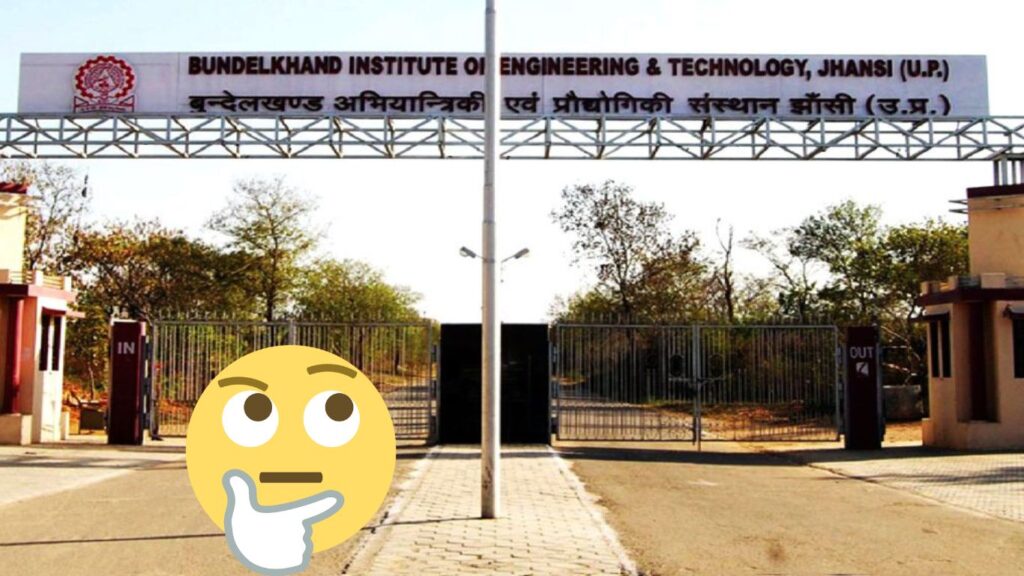Detail Information About BIET Jhansi B-tech Fee Structure 2023-2024:
Bundelkhand Institute of Engineering & Technology, located in Jhansi, has emerged as the top choice for aspiring technologists throughout the nation. The institution consistently attracts highly qualified faculty and the most promising students for its Bachelor’s and Master’s programs. B.I.E.T boasts a strong tradition of striving for excellence and has consistently evolved its academic programs and research infrastructure to meet modern standards.
Students at B.I.E.T are exposed to rigorous research-based academics, along with a diverse range of extracurricular activities such as sports, cultural events, and organizational pursuits on its lively campus. The presence of world-class facilities, robust institute-industry collaboration programs, interdisciplinary research partnerships, and opportunities for industrial training collectively empower B.I.E.T students to stand out and excel in the competitive professional world.
BIET Jhansi Course Wise Fee Structure:
| Course | Tuition Fee | Total(Hostel + Other) |
| B-tech 1st Year | Rs 40,000 | Rs 71,400 |
| B-tech 2nd, 3rd, 4th Year | Rs 40,000 | Rs 65,400 |
| M-tech 1st Year | Rs 35,000 | Rs 68,900 |
| M-tech 2nd Year | Rs 35,000 | Rs 62,900 |
| MBA 1st Year | Rs 50,000 | Rs 80,400 |
| MBA 2nd Year | Rs 50,000 | Rs 74,400 |
Download BIET Jhansi B-tech Fee Structure 2023-2024:
BIET Jhansi (Bundelkhand Institute of Engineering & Technology) released their annual fee structure for the session 2023-2024. You can download it from official website or click at the given link.
Download Now
AKTU Other colleges Fee structure: Click Here
KNIT Sultanpur Fee structure: Click Here
IET Lucknow Fee structure: Click Here
Key Facts About BIET Jhansi:
🏫 Bundelkhand Institute of Engineering & Technology, Jhansi, formerly Bundelkhand Engineering College, was founded in 1986.
🌱 Objective: The institute aimed to develop the backward Bundelkhand region in Uttar Pradesh through technical education and industrial research.
🏗️ Infrastructure: The campus spans 220 acres of land and started with two branches in 1986 – Computer Science & Engineering and Electronics and Instrumentation Engineering, with 30 students each.
📚 Branch Expansion: Over the years, the institute added Mechanical Engineering and Civil Engineering (1990), Chemical Engineering (1997), and Information Technology (2000), with varying student intakes.
🔌 Branch Renaming: Electronics & Instrumentation Engineering was renamed Electronics & Communication Engineering, and the student intake increased over time.
🎓 Postgraduate Programs: Postgraduate programs were introduced in Environmental Engineering, Construction Technology & Management, Manufacturing Science & Technology, Digital Communication System, and MBA.